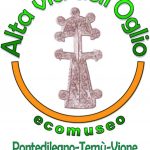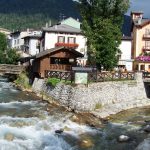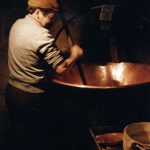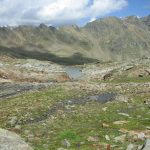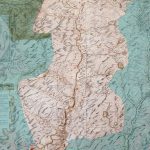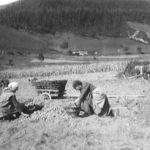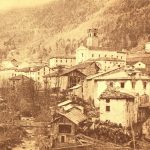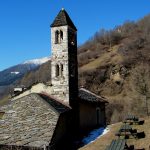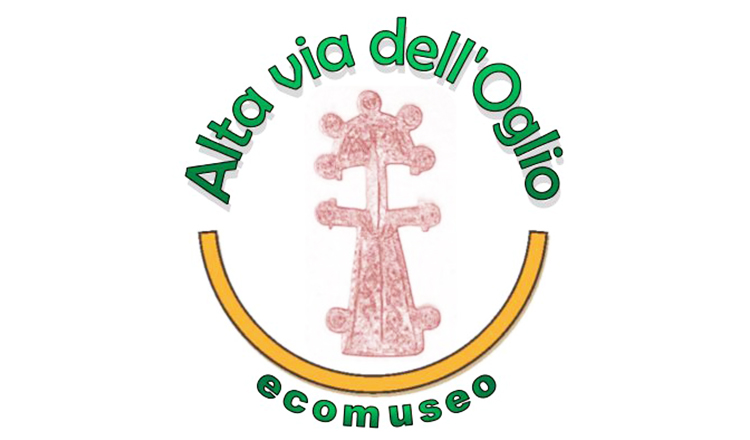
Ecomuseo Alta via dell’Oglio
The Routes /Alpine transhumance
The routes
- Places and trails of the Great War and of the Resistance: initiated within a project between 2015 and 2016 with the contribution of Lombardy region, this portal collects the tracks created by the “Ecomuseo dell’Alta via dell’Oglio” and the “Ecomuseo della Resistenza”, concerning the traces of the two last World Wars on the mountains of the upper Camonica Valley.
- Village Beauties: itineraries to discover the small treasures within the villages along the upper via dell’Oglio (Incudine, a village between light and shade; Ponte di Legno, on the trails of a medieval painter at Plampezzo; Villa Dalegno, the village on the mountain; hunting the dragon across Temù).
- Along the upper course of Oglio: paths and excursions across the Ecomuseum territory (Pagan symbols and Christian signs along the upper course of Oglio, A walk through time)
- Guided tours to the assets protected by the Ecomseum: The Ecomuseum volunteers help you discover the hidden treasures in the villages of the upper Camonica Valley.
- Hunting the dragon across the village of Temù: Exhibition “Time has stopped”; The village of Temù; Dragon’s castle; The church of Lecanù.
Alpine transhumance: A flock of sheep moves along the upper course of Oglio river, to recall the transhumance that shepherds have practiced for centuries from high mountain pastures to the valley. The sheep-track is accompanied by exhibitions, performances, events.
For the occasion, The Ecomuseum of the “Alta via dell’Oglio” launched a contest (Contest on alpine transhumance) of photographs and video clips on the theme of transhumance. The works submitted have expressed, in an original and creative, realistic or symbolic form, the theme of transhumance, drawn from the event promoted by Pontedilegno at Vezza d’Oglio from 10 to 12 October 2014. Participation is open to all photograph amateurs, whether hobbists or experts, with no age or nationality limitations. Works were examined and judged by a special judging panel designated by the “Ecomuseo Alta via dell’Oglio” and were put on public display in an ad-hoc exhibition.
The design and implementation of these practices are characterised by the following peculiarities:
- Volunteering: a network of volunteers collaborating with the ecomuseum was built up with much effort. They contribute to implement initiatives aimed at the enhancement of the tangible and intangible heritage of the ecomuseum (opening of country churches, events on ancient games or on transhumance) and research projects (collection of historical photos on the dams across the upper Camonica Valley, creation of a kind of dictionary of the upper valley dialects).
- Involvement of economic activities: the most successful initiatives are those that involved individual economic activities (such as the managers of the local Park House, mid-mountain guides, local consortium for the promotion of Ponte di Legno-Tonale), which helped achieve greater success of single events and enabled our ecomuseum to be involved in events organised by other entities.
- “Cyclical” planning and continuity: few years ago the ecomuseum established a set of activities to be implemented every two or three years. Typically, over three years the following activities are conducted: a dialectical poetry competition (1st year), a participatory research resulting in a book (2nd year), an event on traditional games (“Show: The ancient games of Highlands”, 3rd year). For the past four years the ecomuseum has promoted in summer the opening of country churches, with the subsequent increase in the number of visitors involved, and of churches.
- Collaboration network: the ecomuseum has established regular contacts with local governments, whose support is essential for the success of initiatives, and with other ecomuseums in the area. This enables more credible projects to be promoted and the ecomuseum to be involved in projects organised by others. Thanks to the collaboration with the “Università del Sacro Cuore” of Brescia and the Cariplo Foundation, an important campaign of high-altitude archaeological excavations was conducted that brought to light an ancient fortress whose recollection is still alive in the local memory.
- Autonomy: the municipalities that have established the ecomuseum have ensured maximum freedom to the ecomuseum governing body, without imposing the representatives of individual political majorities. This made it possible to select a small group of highly motivated people who plan the activities and involve local volunteer teams.
Information
Name of the Ecomuseum: Ecomuseo dell’Alta via dell’Oglio
Geographical location: Italy, Lombardy region, province of Brescia
Year of establishment: 2011
Network: Network of Lombardy’s ecomuseums
Website: www.ecomuseoaltaviaoglio.org

